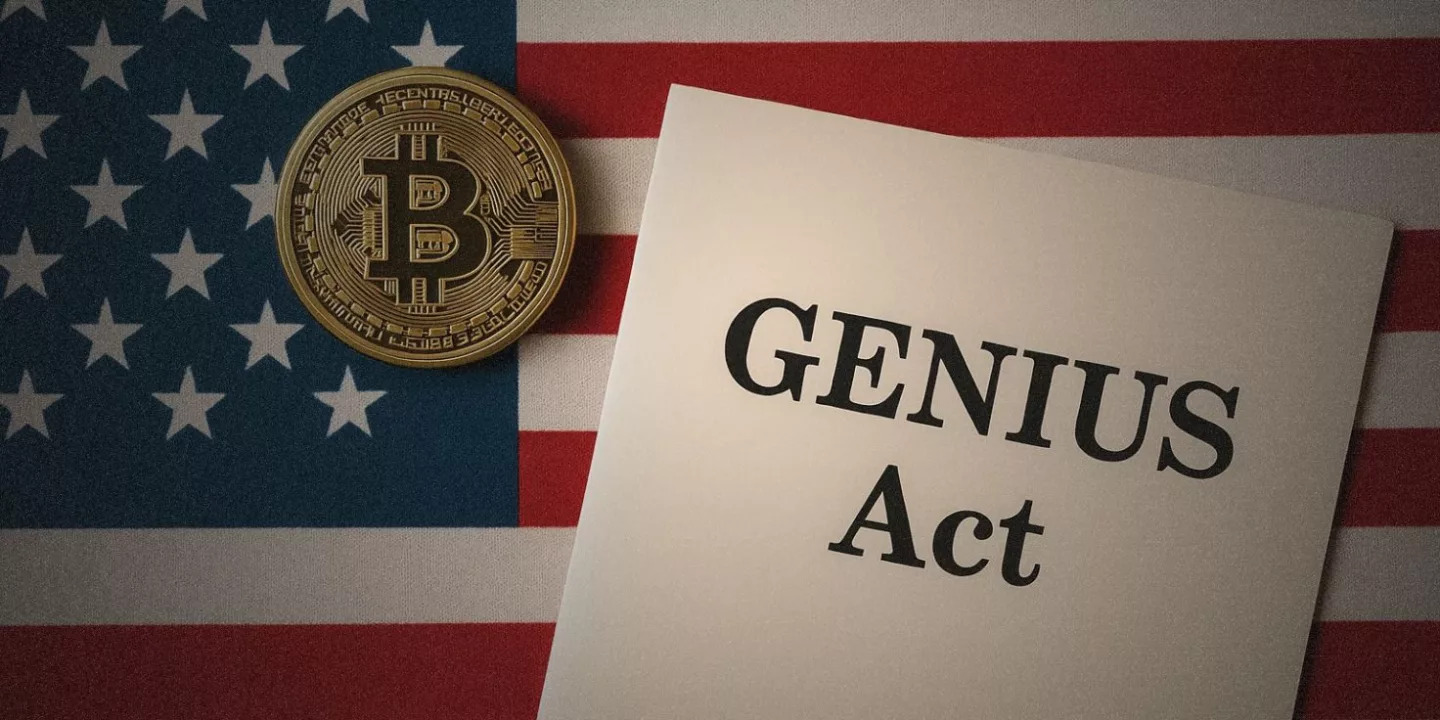
Warwick Powell, Adjunct Professor at Queensland University of Technology, Senior Fellow at Beijing Taihe Institute
Jul 28, 2025
While Washington continues to dress up its economic strategy as innovation-driven and market-oriented, the passage of the so-called GENIUS Act suggests the emergence of a desperation, leading to the reckless engineering of systemic financial instability under the guise of modenisation. By enabling U.S. Treasuries to be used to underpin the issuance of so-called stablecoins, the new laws create a synthetic loop of leverage, which could threaten the very stability of the American and global financial systems.
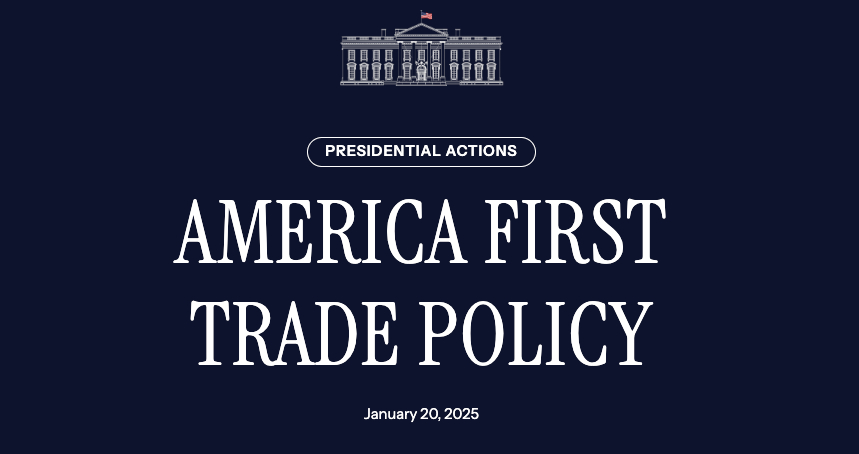
Brian Wong, Assistant Professor in Philosophy and Fellow at Centre on Contemporary China and the World, HKU and Rhodes Scholar
Jul 25, 2025
Trump’s ‘America First’ protectionist tactics are supposed to create advantages for the U.S. in trade and freeze out China in theory, but expect that the world needs America’s consumers to continue. New connections forming amid the trade war could mean instead, the U.S. is left out in the cold.
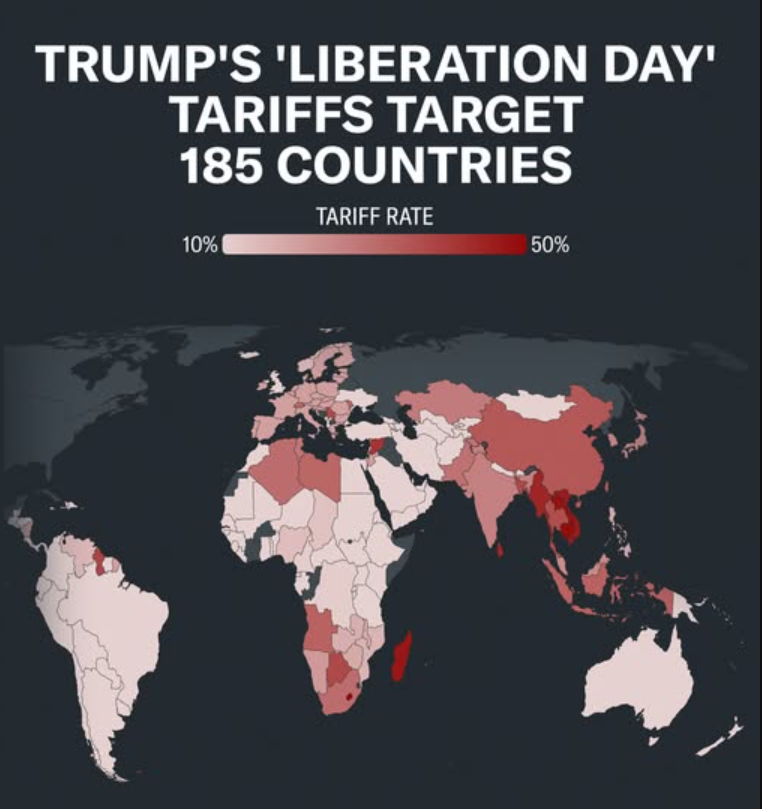
Yu Xiang, Senior Fellow, China Construction Bank Research Institute
Jul 21, 2025
If the United States can adapt flexibly and prioritize consensus with its trading partners, it may solidify its economic dominance. Otherwise, persistent high tariffs risk deepening global trade fragmentation and will challenge America’s long-term influence.
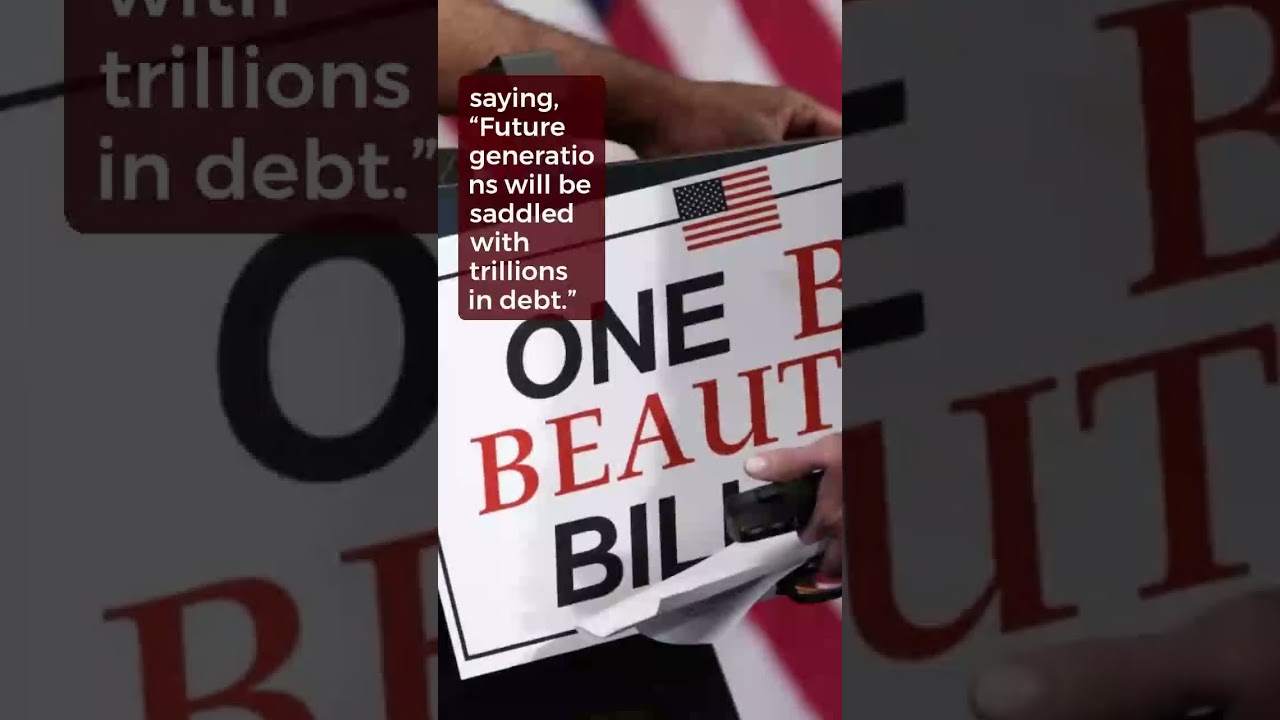
Ma Xue, Associate Fellow, Institute of American Studies, China Institutes of Contemporary International Relations
Jul 11, 2025
Washington is now piling up debt even in the absence of an emergency. In the long run, this sort of quick fix, where the cure is worse than the disease, will only worsen America’s economic fragility and add to uncertainty.
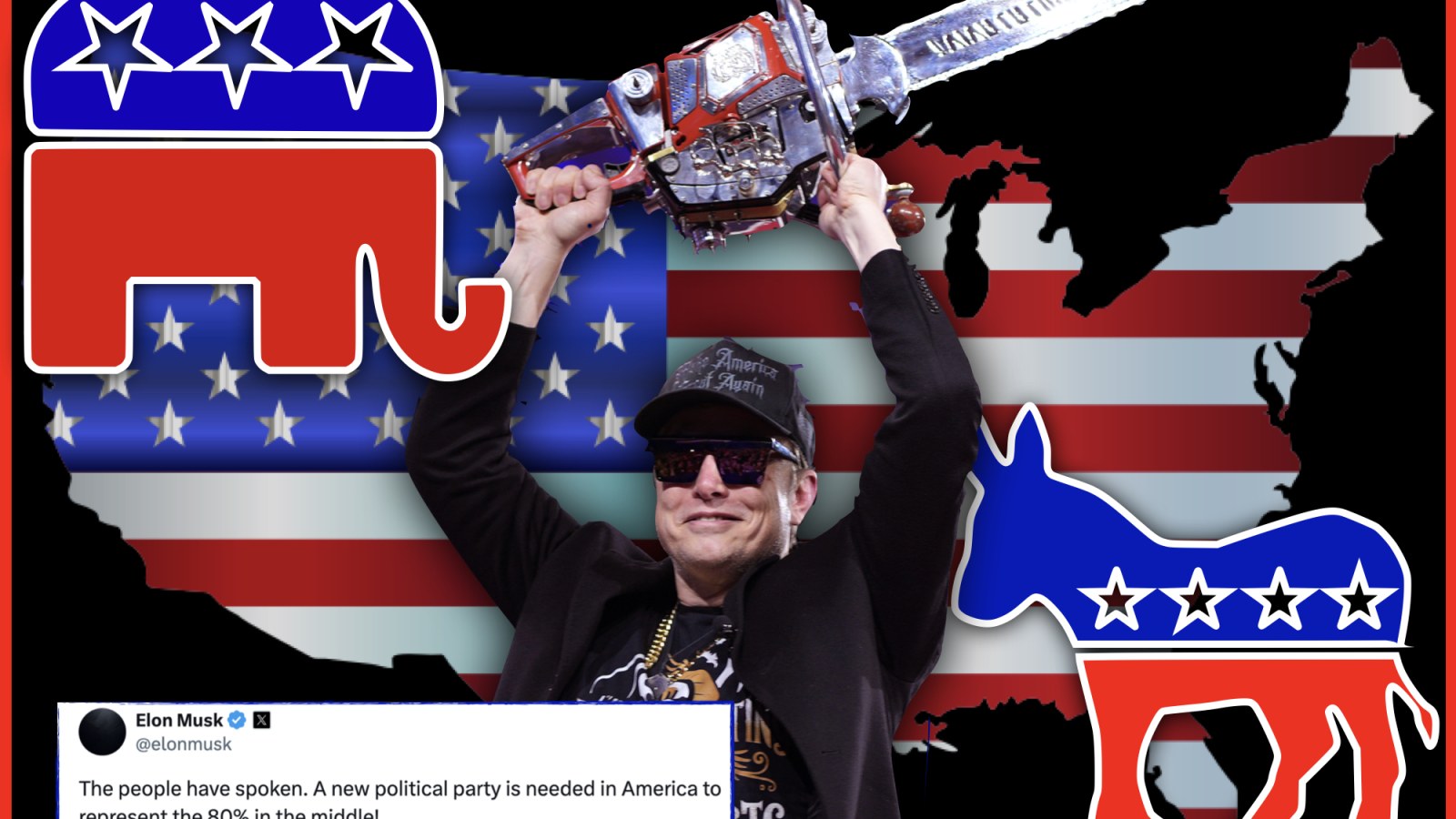
Mallie Prytherch, Researcher at Centre on Contemporary China and the World, University of Hong Kong
Jul 11, 2025
After a public split with Donald Trump over the “Big Beautiful Bill,” Elon Musk launched the America Party in an effort to challenge the U.S. two-party system. While his shifting stance on China adds strategic ambiguity, the party serves as a stress test for American democracy in an era of polarization and gridlock.
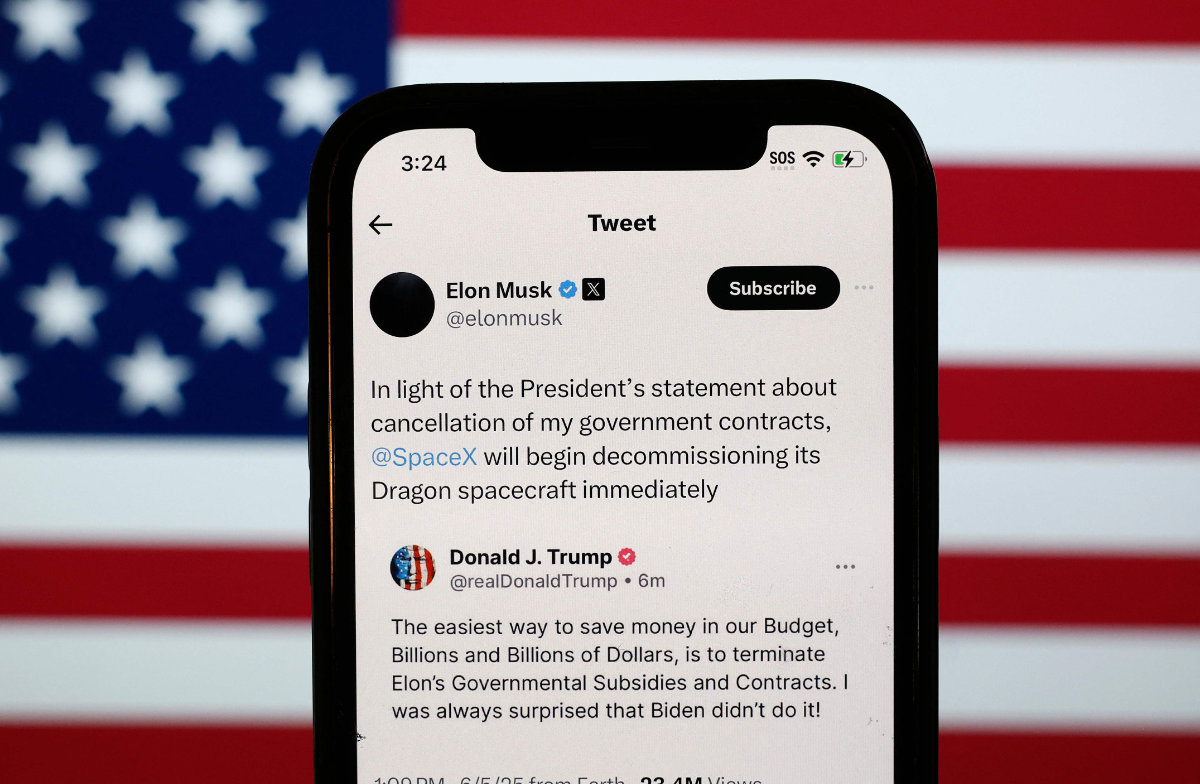
Li Zheng, Assistant Research Processor, China Institutes of Contemporary International Relations
Jul 04, 2025
The honeymoon between Elon Musk and U.S. President Donald Trump ended with a war of words on social media. In his six months in the White House, Musk came to see big differences between his own political philosophy and that of die-hard Trump fans.
Stephen Roach, Senior Fellow, Yale University
Jun 04, 2025
There is an inherent flaw in US President Donald Trump’s trade policy. While it is all but impossible to know where Trump will settle on most issues – from taxes to immigration – two key objectives of his trade strategy are now coming into focus: setting a global minimum tariff, and imposing a special penalty on China. The flaw lies in the combination.
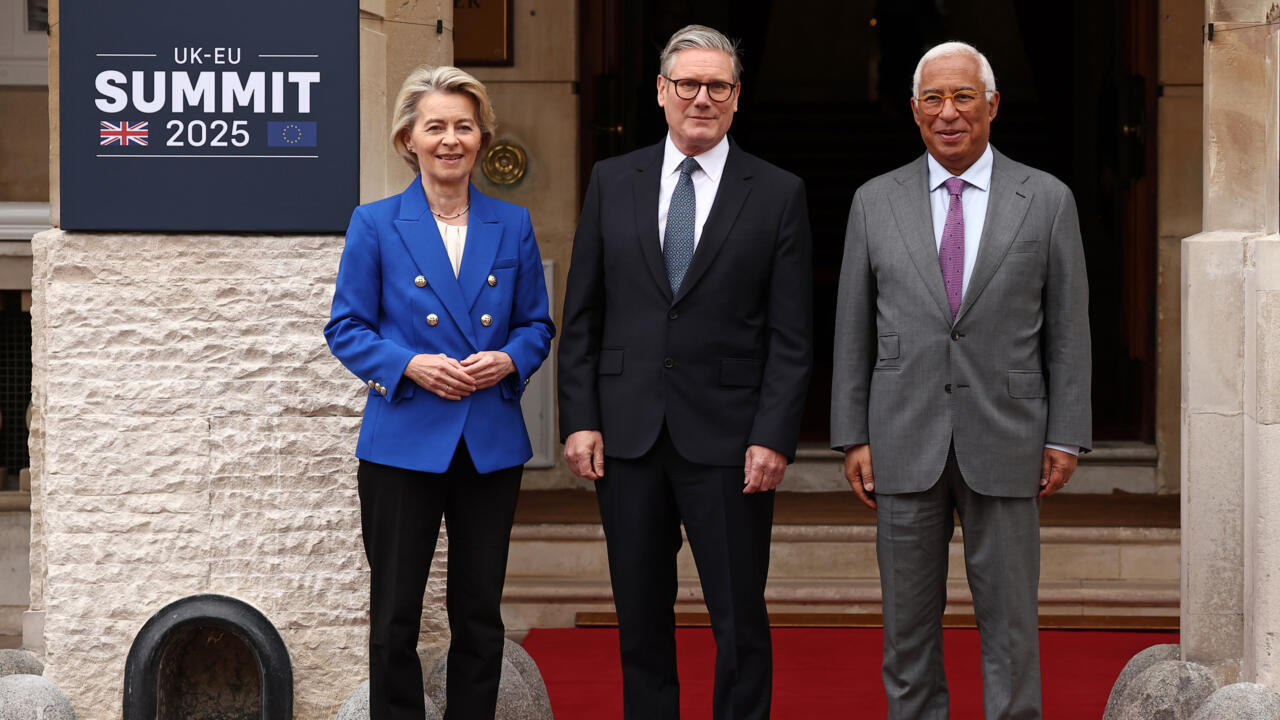
Zhang Yun, Professor, School of International Relations, Nanjing University
May 30, 2025
After reaching a consensus in their tariff negotiations in Geneva, China and the United States have significantly reduced their duties on each other. This has awakened countries around the world and inspired them to launch a new wave of regional integration.
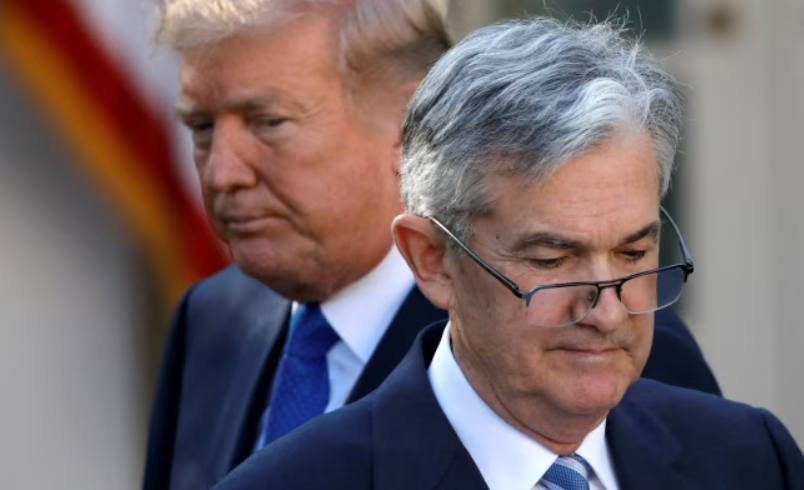
Yu Xiang, Senior Fellow, China Construction Bank Research Institute
May 30, 2025
Wall Street’s turmoil is both a crisis and an opportunity. Those who adapt by diversifying into non-dollar assets or betting on emerging markets as wealth and power are redefined could come out ahead.
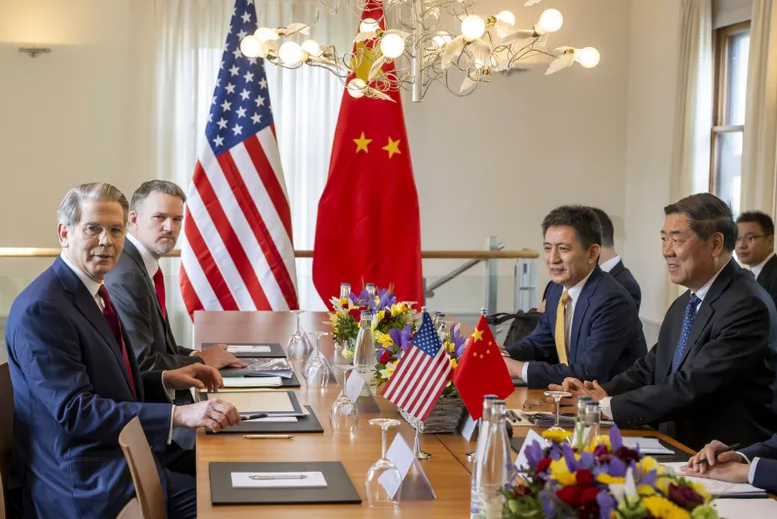
Ghulam Ali, PhD, Monash University, Australia
May 23, 2025
U.S. President Donald Trump’s unwarranted global tariff war, which began on April 2, 2025, with steep 145 percent tariffs on China, alerted economists to unforeseen global consequences. As China’s economy relied heavily on manufactured goods, and with the U.S. as its largest export destination, the Trump administration believed that imposing tariffs could weaken China and compel it to comply with its terms and conditions. Beijing, well-prepared in advance, proved this belief wrong. China’s resolute response within weeks forced the U.S. to enter negotiations, which took place from May 10 to 12 in Geneva, in which the two sides agreed to suspend tariffs for 90 days. The success of Beijing’s policy relied on several factors.
Back to Top

- China-US Focus builds trust and understanding between the U.S. and China through open dialogue among thought leaders.
- Our Offerings
- Topics
- Videos
- Podcasts
- Columnists
- Research Reports
- Focus Digest
- Stay Connected
-
Thanks for signing up!
- Get the latest stories from China-US Focus weekly.